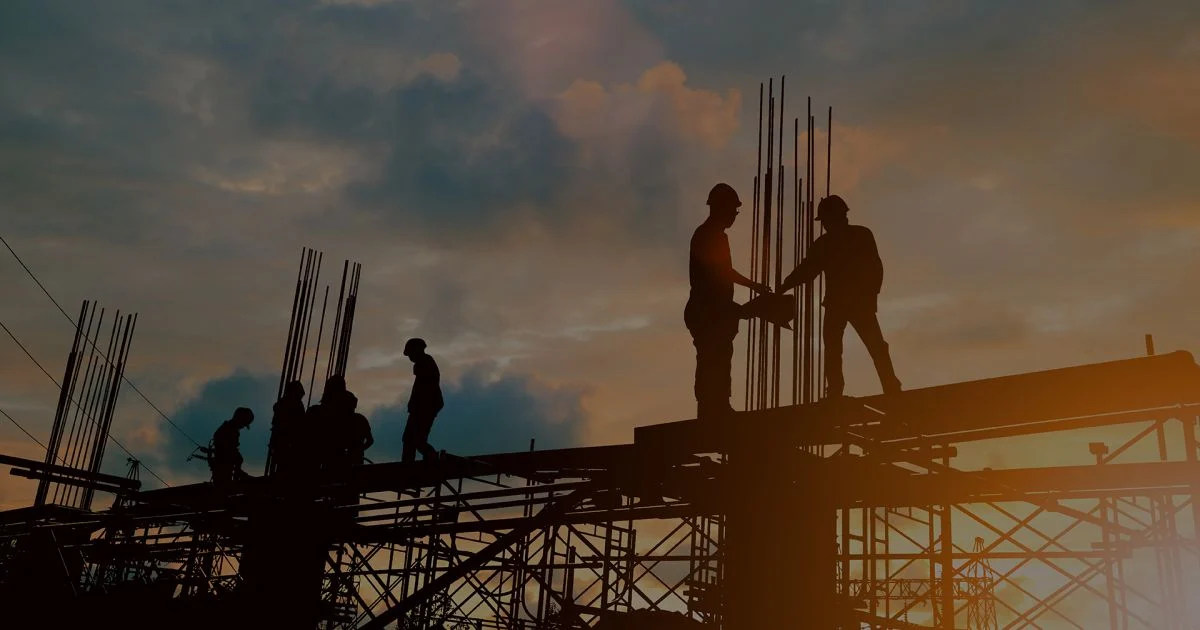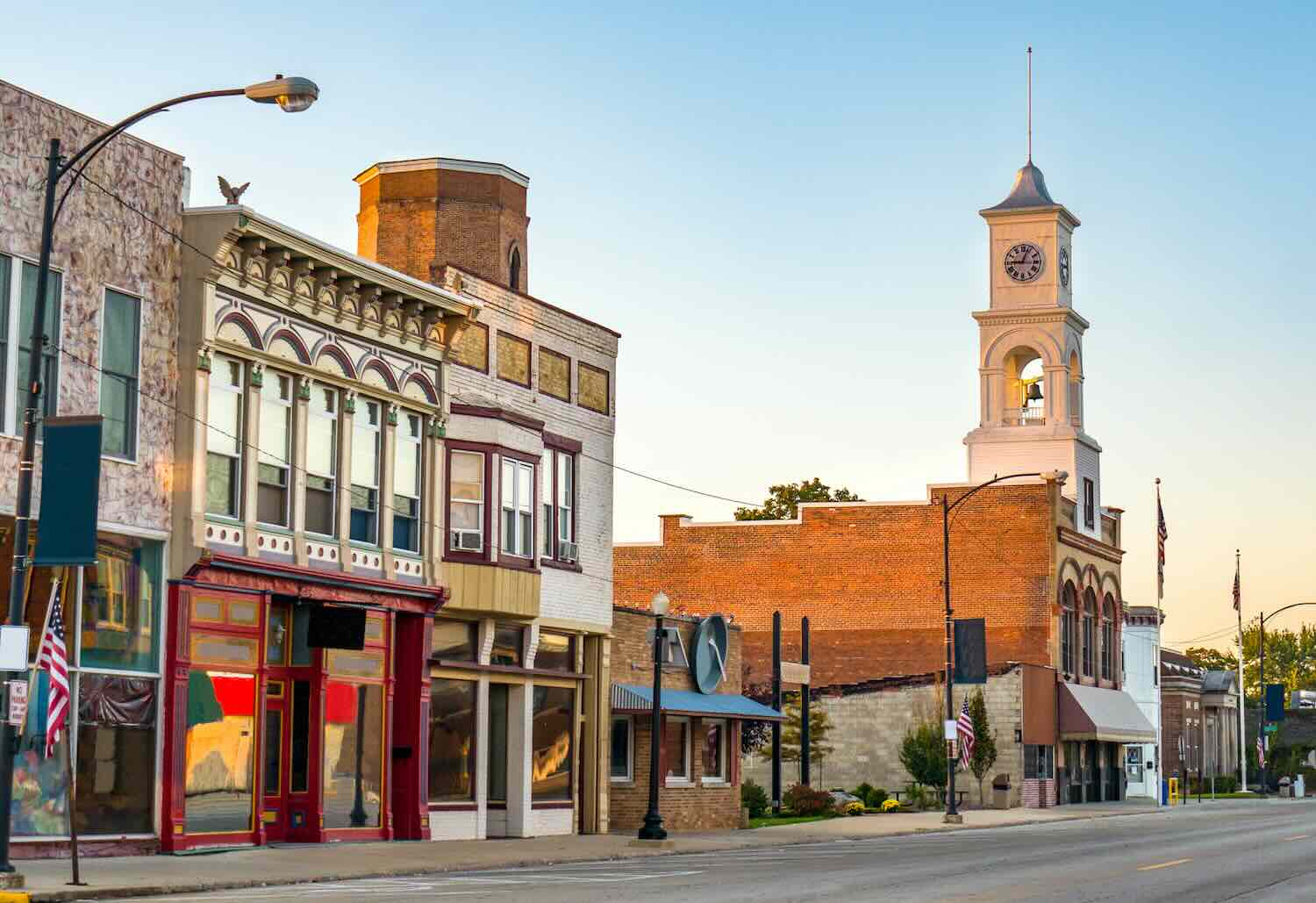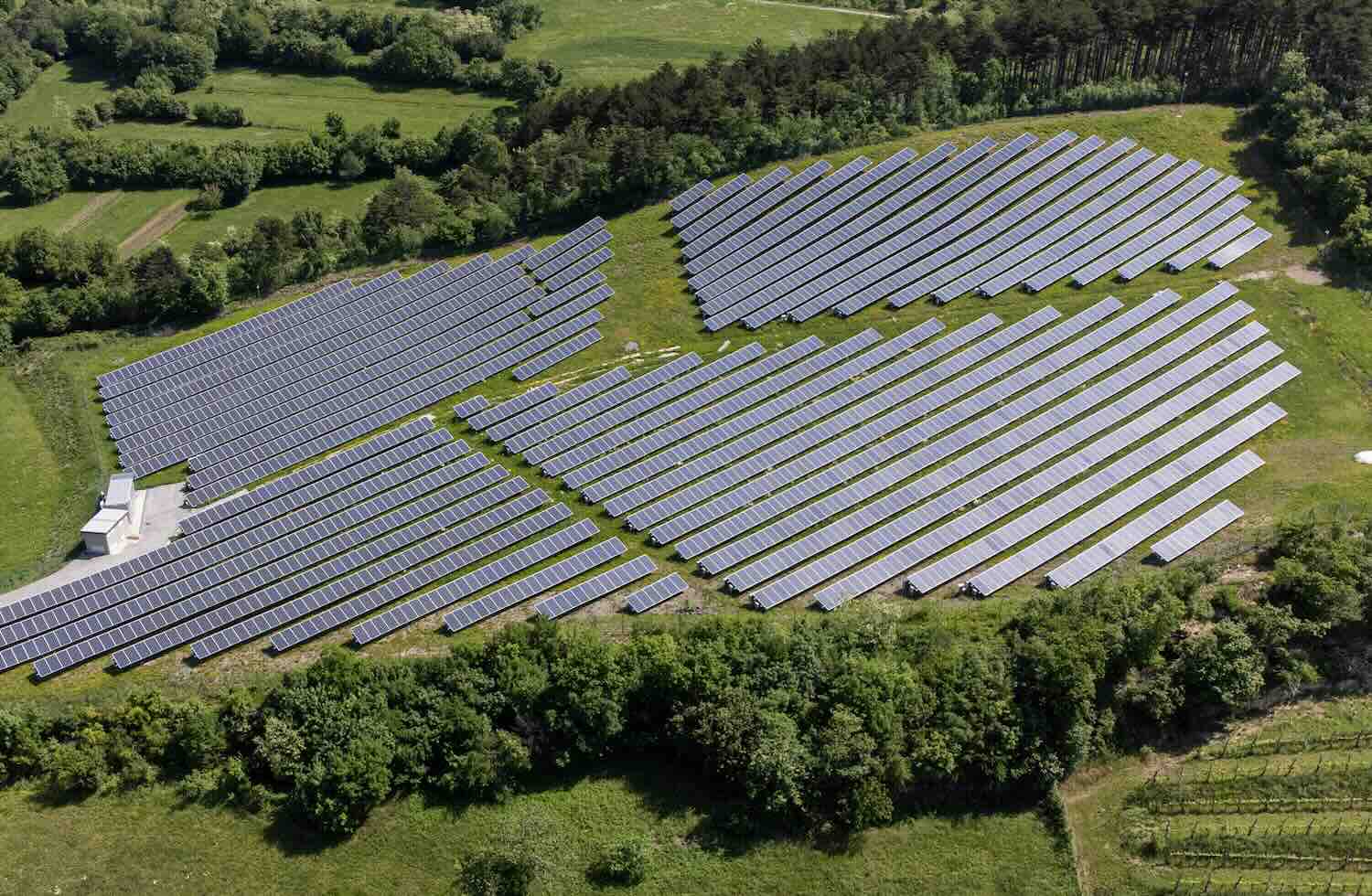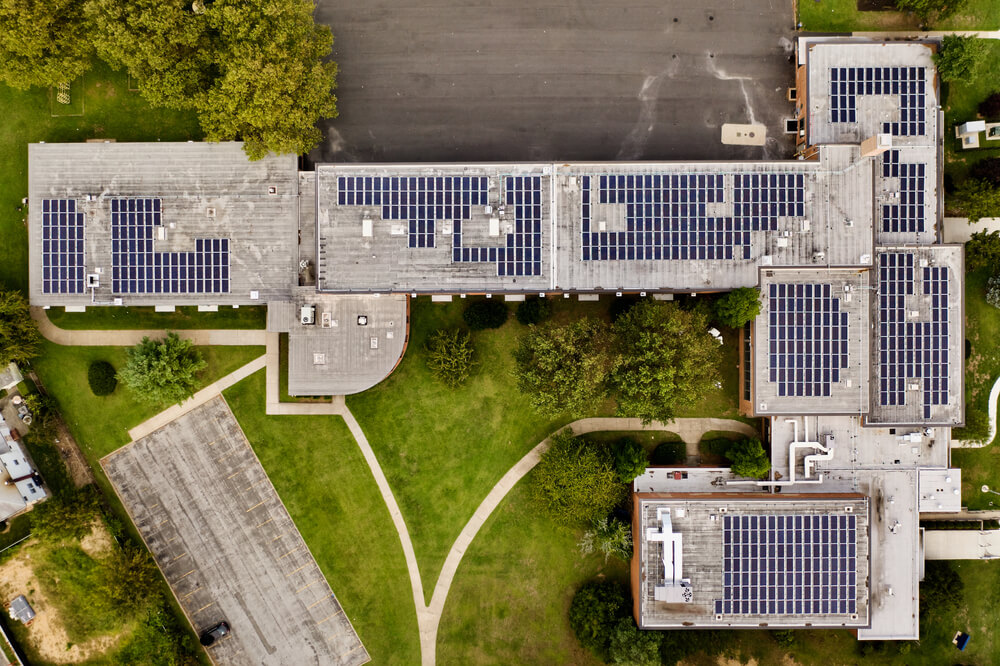“Cheaper, faster, better” is not just for affluent households or wealthy neighborhoods.
Hundreds of millions in annual cost-savings from ever-cheaper solar energy, not to mention the climate and environmental benefits, are expected to flow to low-income households under the $7 billion Solar for All program, the third big chunk of the $27 billion Greenhouse Gas Reduction Program.
The US Environmental Protection Agency marked Earth Day by announcing $7 billion in Solar for All grants to states, municipalities, Tribal entities and nonprofits. The awards cover every region of the US, from Alaska to Guam. In at least 25 states and territories, the Solar for All awardees are establishing programs that will bring low-income solar to the area for the first time.
The program is expected to serve 900,000 low-income households with a total 4 gigawatts distributed solar energy, cut electric bills by $350 million annually, and eliminate 33 millions tons of greenhouse gas emissions over 25 years.
In addition to rooftop solar, the program will help build out community solar systems – solar arrays that households and businesses can tap into without putting solar panels on their own roofs. “Cheaper, faster, better” is the name of a new book by investor Tom Steyer on how to win the climate war.
“Solar is the cheapest form of electricity – and one of the best ways to lower energy costs for American families,” said John Podesta, President Biden’s advisor for clean energy innovation. With the Solar for All funding, he said, “Low-income communities, and not just well-off communities, will feel the cost-saving benefits of solar thanks to this investment.”
States and tribes
The competitive Solar for All grants competition is the final piece of the Greenhouse Gas Reduction Fund, the largest direct outlay in the 2022 Inflation Reduction Act. Earlier this month, some $20 billion was awarded earlier this month for two other GGRF programs that are aimed at establishing a vibrant private financial network to finance green projects in communities across the country, akin to a distributed national green bank.
Together, the programs are intended to set up long-lasting green lending programs that will persist for decades.
Final contracts and grant awards for all three programs are to be completed this summer. The recipients can then start making loans and grants for solar and other green projects energy projects.
The Clean Energy Fund of Texas, in partnership with the Bullard Center for Environmental and Climate Justice at Texas Southern University, will offer technical assistance, capital, and grants to local financial institutions for residential community solar projects in low-income and disadvantaged communities across 19 states.
The Missouri Environmental Improvement and Energy Resources Authority will provide a combination of forgivable and low-interest loans to deploy solar in thousands of households in disadvantaged communities statewide.
Puerto Rico’s Office of Management and Budget will use the funds to deploy solar and storage systems to increase resilience in low-income neighborhoods and boost workforce development efforts.
The Hopi Utilities Corporation along with Arizona State University and Hopi Renewable Energy Office will deploy residential solar and storage systems on the Hopi Reservation with an emphasis on the 35% of households there without electricity. It is one of six Tribal entities sharing in $500 million to benefit Tribal communities, which are among the country’s most impoverished, and often lack reliable electricity.
Nonprofit collaboration
In addition to the states, municipalities and Tribal entities, nonprofits were also eligible to apply.
For example, in Florida, Gov. Ron DeSantis passed on the opportunity to apply for the Solar for All funds. The Solar and Energy Loan Fund in St. Lucie, Florida, a nonprofit green bank, jumped in.
SELF, as the green bank is known, was created over a decade ago by Doug Coward, a county official in St. Lucie who grew frustrated trying to interest state officials and utilities in solar projects in the Sunshine State. SELF’s underwriting process looks at ability to pay, rather than credit scores, allowing it to reach vulnerable households. Of the 10,000 or so households it has brought solar to, three-quarters are considered low-income. SELF’s winning proposal covering the state of Florida includes a sliding scale, so that low-income households will get full grants to install solar.
Growth Opps, a green bank in Cleveland, Ohio, is helming the Industrial Heartland Solar Coalition, a network of 31 communities spanning eight states, from West Virginia to Indiana.
Other nonprofit-led awardees include The Georgia BRIGHT Communities Coalition led by The Capital Good Fund, a community development financial institution, and The Southeast Rural Power Coalition, a group of nonprofit electric cooperatives and municipal utilities that serve communities throughout the Southeast led by Groundswell.
Climate Corps
The Biden administration plans a drumbeat of climate-related announcements throughout the week focusing on clean water, clean transportation, grid resilience and healthy schools.
To kick it off, the White House launched a web site, ClimateCorps.gov, for its American Climate Corps, an initiative that aims to put 20,000 young people to work in clean energy and climate resilience and prepare them for jobs in those fields.
The jobs are hosted by energy, conservation, and climate resilience organizations. Through a partnership with TradesFutures, Climate Corps members will have access to apprenticeship curriculum from TradesFutures, a nonprofit partner of the North America Building Trades Unions.











